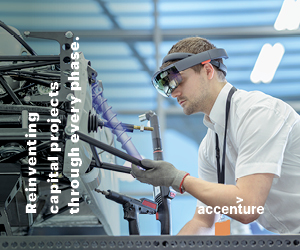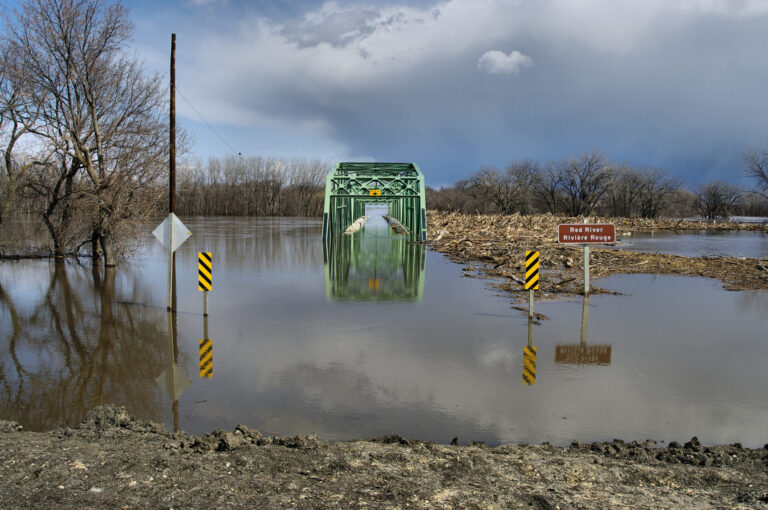Intelligent communities. Smart cities. Ubiquitous societies. Digital municipalities.
These are just some of the labels defining the latest trend in urban innovation and 21st century city building. Promoters of each label will argue how they are all fundamentally different, or even how one term is merely an evolution from the one before. However, they are all amazing and globally relevant, and they each show a glimpse of what is to come: a world where technology infuses with the best of society to create next-generation liveable cities.
And this is what the “future city” (or “community,” because not every community has city features and characteristics) is all about: a liveable city that provides for food and water, energy, safety and security, health and wellness, mobility, education, economic prosperity, equality, and happiness. This is all while being fully sustainable—economically, environmentally, and socially. Creating communities that excel on all fronts is no small feat. Yet all government leaders, industry stakeholders, and citizen constituents know they have to strive for it if they want to create a world that is sustainable and prosperous in the future.
We are all feeling the pains of the growing gap between those that “have” and those that “have not”: an increasing digital divide; matters of urbanization; aging populations and rising health costs; economic shifts and pressures; political instability; cultural challenges; environmental downfalls and pending resource shortages; and an increased need for safety and security. It’s the new reality of the world. Change is inevitable. And because of the environmental factors around us, we are going to need to change and adapt much faster than ever before.
In order for change to take hold and to have a lasting, positive impact on the community and all its stakeholders, its journey needs to be nurtured and facilitated. Therefore, community stakeholders have to guide the change toward measurable outcomes in productivity, innovation, and prosperity.
First, it starts with leadership. Leadership at the municipal level, but also in the private sector, is crucial for consensus, acceleration, and the successful adoption of the changes that will be necessary to propel a community toward being sustainably liveable. This leadership has to be the catalyst for fully inclusive citizen and stakeholder participation. Building collaborative ecosystems of community participants will foster a culture of inclusion and participation that is needed to take advantage of what the intelligent community has to offer.
This brings home the next two essentials of an intelligent community: creating public-private partnerships and involving broader ecosystems. Only when we can rally all stakeholders around common goals and purposes while moving individual interests aside for the good of the community as a whole, will we see great support and acceleration of the positive change that is needed to grow and prepare our communities for a sustainable future.
Next, in order for a community to successfully take advantage of smart-city outcomes, it needs to pay attention to policymaking and regulation. As the saying goes: don’t expect different outcomes if we keep doing the same old things. In order to facilitate the productivity, innovation, and change needed to move communities forward, we will need to adjust policymaking and accelerate regulatory decision-making. When new innovations are introduced to provide disruptive experiences and services to community stakeholders, government should not stifle this innovation, but rather create an environment where innovation is welcomed and celebrated. Once the community is fully engaged, policy and regulatory decisions will move more quickly and easily through the political system.
As you may have noticed, the word “technology” has not surfaced in this article until now. Not because it’s irrelevant, but simply because it is nothing but a means to an end and not an end-state in itself. We talked about the amazing changes and pressures in which we are looking to build for sustainable and liveable communities. One of these disruptive changes is technology itself. The consumer Internet is only 25 years old and has already been behind some of the most game-changing services.
The Internet of Things is going to further amplify the impact technology will have on businesses and communities as billions of smart objects become connected and start to communicate with us and each other. When we see things talk to other things and to people—and we add process innovation to the data extracted from these connected devices—we will be able to deliver unprecedented business outcomes and benefits for everyone.
To take real advantage of what a smart city or intelligent community can do for all the stakeholders in a business, community, or country, we need to enable the right foundational pieces on top of which innovation and progress can thrive. This foundation will include leadership, ecosystem partnership, public-private partnerships, fast policy and regulation to remove barriers and limitations to speedy innovation, and standards.
This foundation also requires a new technology infrastructure. The United Nations has already proven the positive impact on a country’s gross domestic product if access to Internet and broadband is increased and improved. This digital highway is essential for the future of all communities, and the single most important foundational element of smart cities that will unleash the ability to innovate, accelerate, and prosper, while providing equal opportunities to all community stakeholders.
With this foundation in place, communities will take real advantage of the opportunities in front of them—and create brand new opportunities as well. Innovation will take us places we had previously not considered. Sustainable and liveable communities are not only for the West or the rich. Where there are ideas that serve a common purpose, new services and experiences will be created that provide tangible benefits to all community stakeholders. The ideas and solutions can be transported around the world.
Food and water shortage (growing local, sharing economy), energy consumption (micro generation, alternative energy, grid modernization), safety and security (social involvement, video, analytics), economic growth (new business models, start-ups and innovation accelerators), and inclusion (the role of libraries and community centres) can all be addressed and innovated upon if ideas and creativity won’t be stopped in their tracks. Future cities are sustainable and liveable—and only the sky is the limit.
Rick Huijbregts is the VP of industry and business transformation with Cisco.











